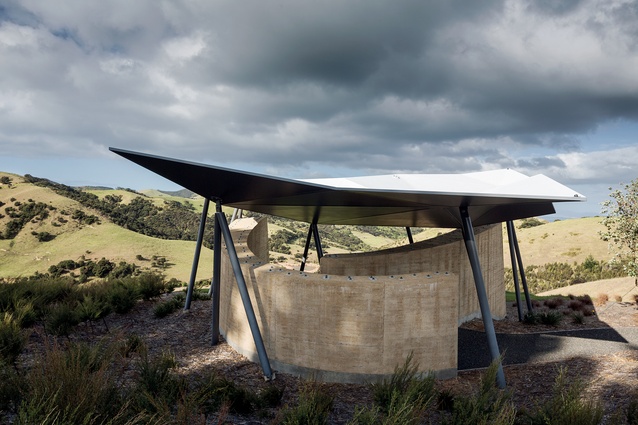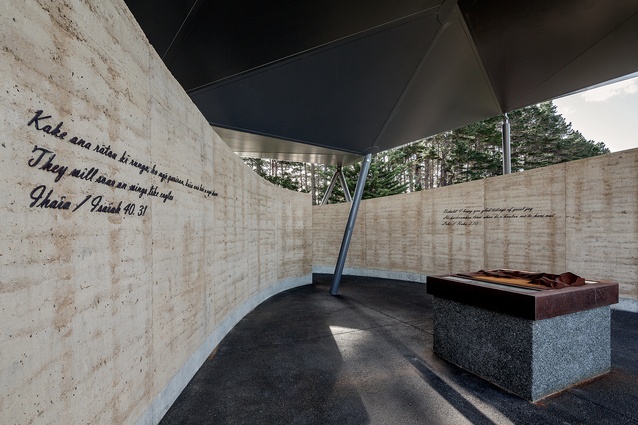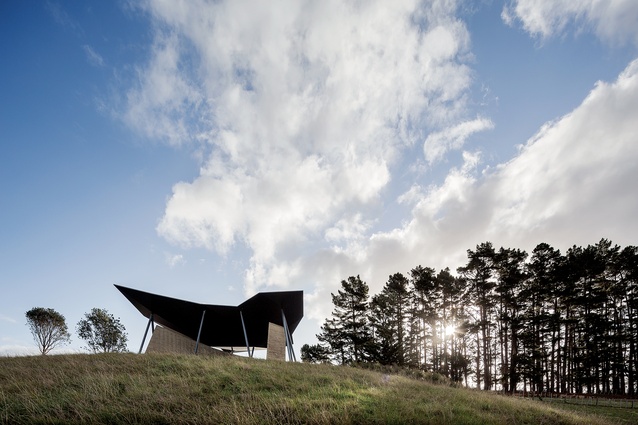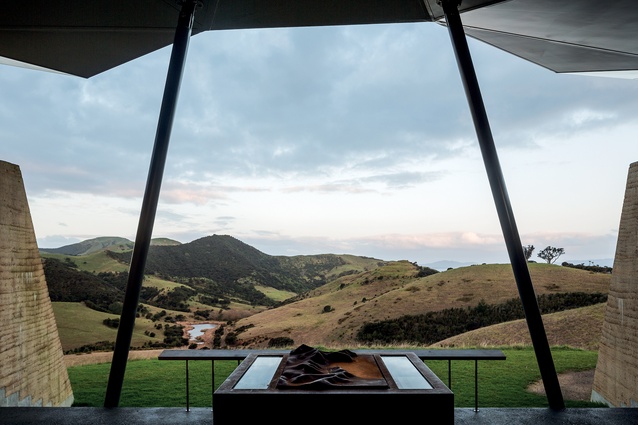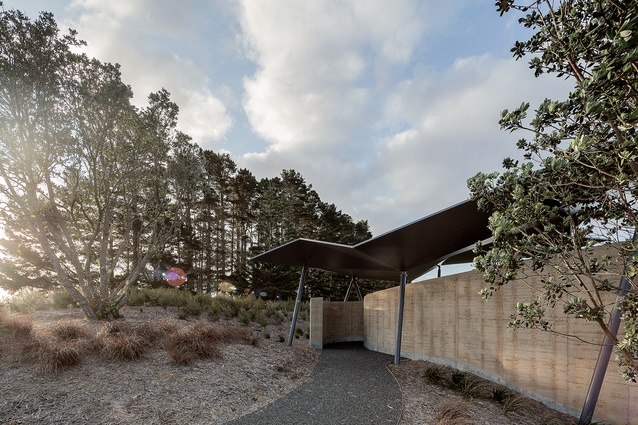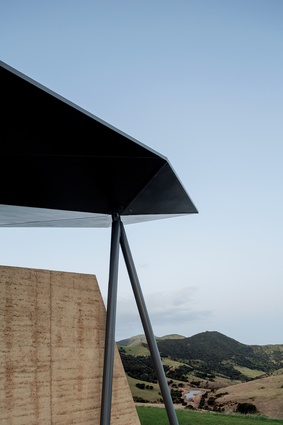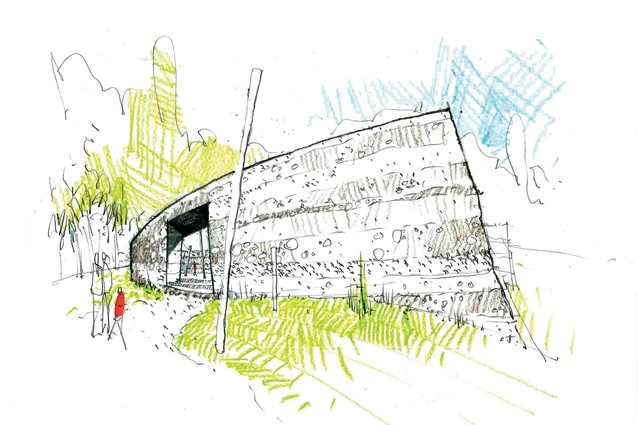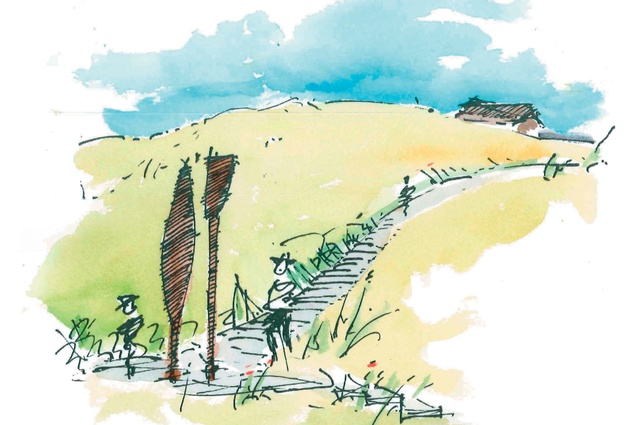One part of the whole: Rore Kāhu
Cheshire Architects’ Rore Kāhu, in the Bay of Islands, acts like a portal that propels its visitors out to distant historic sites and along a winding path down to the Pacific Ocean.
You, dear reader, when we meet, are often expressing an opinion on a building you have never been to − and challenging my assessment. I suppose that in New Zealand we are so used to our early architectural education being delivered via book illustration or visual image, that, like art, we know what things look like but we never have much of a chance to experience the whole thing in terms of the haptic: size, scale, space, surroundings, smell, texture, materiality and so on.
Also, of course, the magazines and other media have asserted a visual hegemony over the past few decades that, while it provides a good living for leading architectural photographers, can make us feel that we know the building well, especially in the hands of those experts.
But those who have been on an overseas pilgrimage to their all-time favourite building will know that even the journey and expectation and state of mind and last night’s dinner and the bus driver and our companions can have an effect on the way we experience architecture, which is a long-winded way of me saying that I thought I had understood this little building and formed an accurate opinion well before I went there. However, pictures don’t communicate a sense of place or architecture’s role in the way we encounter landscape and history.
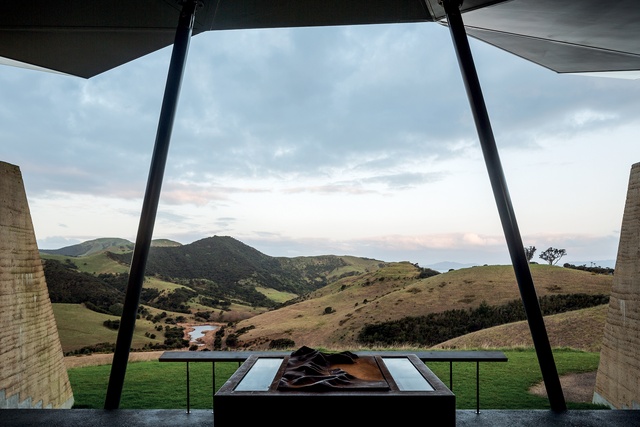
Rore Kāhu is just one part of the experience of visiting the site of the first missionary sermon in New Zealand, over two centuries ago at Rangihoua, about 40 minutes’ drive from Kerikeri in the Bay of Islands. Constructed for the bicentenary in 2014, it sits near a car park at the top of a valley looking down towards the beach where Marsden preached, the hill of Rangihoua Pā, and the awkward terraces of the missionary settlement that eked out existence here.
The name translates as ‘soaring hawk’, also the name of the hill on which it stands. From the car park, the first surprise is that the building is hardly visible over a low ridge, manufactured by Cheshire Architects to partly conceal what happens next. You approach the building from the rear, with a path leading you round the side and through a curve of wall under a dip of roof. There is a wee bit of a whiff of the roadside toilet stop about this manoeuvre, although that’s forgotten as you step out into the main space and see the valley fall away before you.
The layout of the space is minimal: a few inscriptions on the walls, an altar-like model of the site and a pulpit-like long shelf to lean on while gazing. The place certainly silenced the people I was travelling with. It has an appropriately ecclesiastical quality and strongly reminded me of the eastern, outdoor pilgrimage chapel on the exterior of Le Corbusier’s Nôtre Dame du Haut, Ronchamp. Just as the curves of that chapel act like an acoustic amplifier and metaphorically sing out over the meadows below, so Rore Kāhu feels like an instrument, a portal, propelling one out on the walk down to the distant sites below.
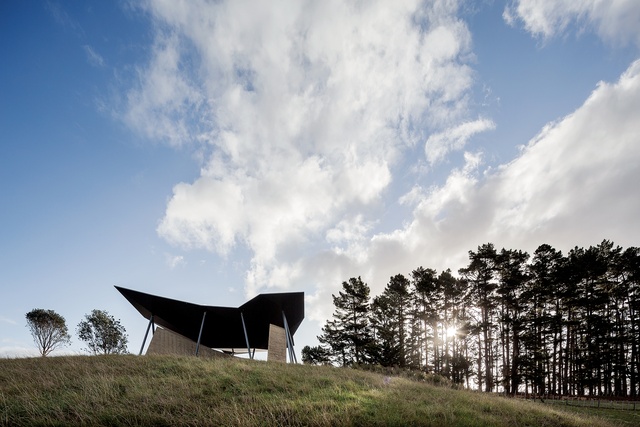
Architect Pip Cheshire recently gave a long talk on the gestation of the design (it did start as a chapel many years ago) and I thought there was a little bit too much architecture going on, but the experience of the spaces here, as part of an architectural sequence, opened my eyes to the fact that Rore Kāhu is not something to be seen from a few steps away as a sculptural object; rather, it’s a part of the whole experience of the historic site.
In terms of structure, the building, commemorating an event of two centuries ago, spans those centuries in its materials. The walls are of rammed earth, the same technique as Russell’s Pompallier Mission of 1842, and the roof is a composite product made from PET panels and e-glass skins by Core Builders Composites, the same Warkworth facility that make America’s Cup boats. There is no structural steel inside the roof assembly at all, so it really is as light as a feather and all those poles aren’t holding this bird up − they are stopping it from taking off from its perch on top of a hill.
The view from Rore Kāhu of the distant Marsden Cross, erected in 1907, and the long path to the sea set the visitor in motion and, on the half-hour walk, intermittent interpretive signage tell the story of the missionaries and Māori who occupied this site two centuries ago. The musket trading and misdemeanours of the missionary men are well known, so there are welcome descriptions of the women and their work, both Māori and Pākehā.
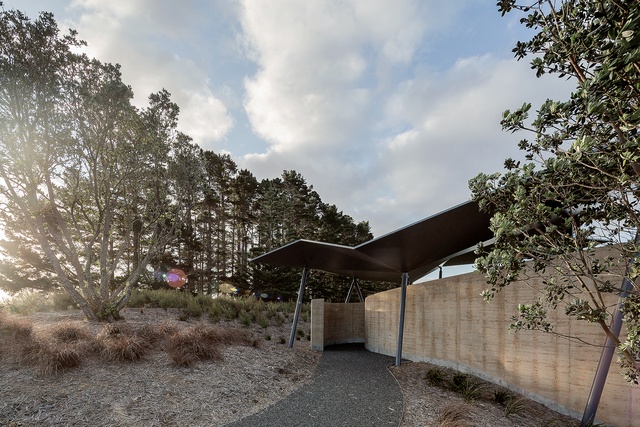
Hannah King is remembered by most as mother of Tom, the first Pākeha born in New Zealand, but she was also an expert needlewoman, teaching the art to many young women in the pā and at the settlement. Weaving your way back up the loose-metal path to the top of the hill, through lush English grass, past clay slips and fenced-off areas of recovering native bush, a journey interspersed with texts telling the stories of the past people here, when two cultures were first brought together, you can see Rore Kāhu from a distance.
Not the heroic work of architecture you will probably see pictured here, but another crucial stitch in the fabric of the experience of this place; another tiny but significant component of our cross-cultural attempts to make sense of why we are here and where we are at in the constantly reworked story of our history.

